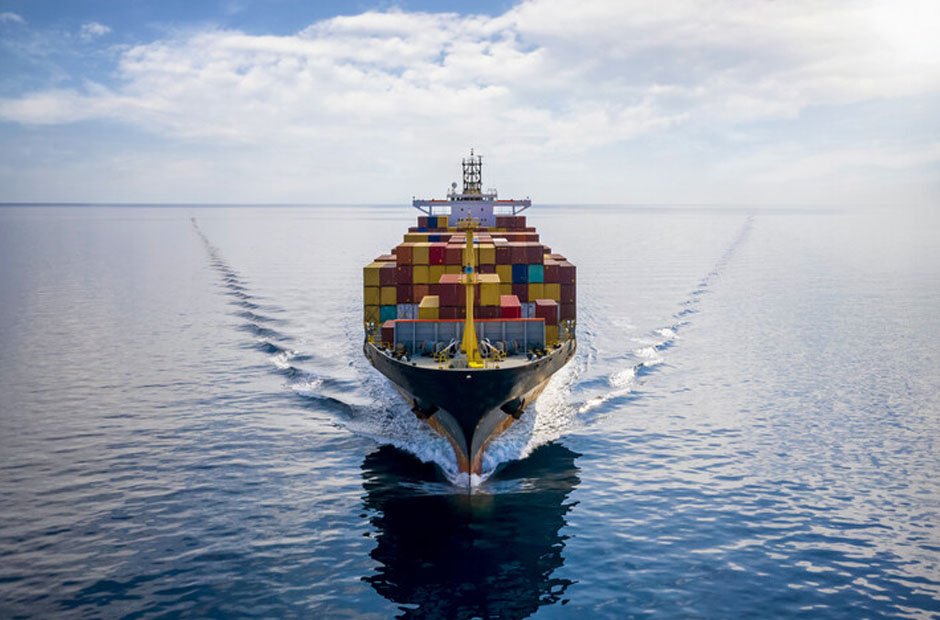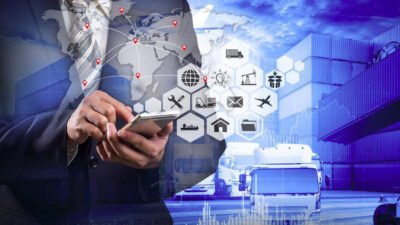Modern logistics depend on the seamless movement of goods across continents and oceans. Finding cost-effective and streamlined solutions is key to managing international shipments, especially when coordinating complex trade routes such as Thailand to US ocean freight shipping. As consumer expectations rise for transparency, speed, and sustainability, shipping companies must embrace transformative technologies to maintain a competitive edge and enhance supply chain reliability.
Businesses need flexible freight solutions as global demand shifts. Advanced analytics, smart devices, and eco-friendly practices improve efficiency, reduce delays, cut costs, and help meet regulations without sacrificing service. These innovations are crucial for small and large shippers seeking smoother cross-border trade and predictability. Smarter freight strategies are now industry standard for moving goods across the Pacific or sourcing from manufacturing hubs. Staying current on practices can be transformative, whether optimizing Southeast Asia routes or managing risks in a global supply chain. Digital solutions and new fuels offer benefits. As tech and regulations change, investing in innovation and best practices beyond legacy systems is essential.
AI-Powered Route Optimization
Artificial Intelligence has emerged as a game-changer for global shipping companies facing mounting operational costs and congestion at major ports. AI-driven platforms provide real-time insights by analyzing massive datasets, including maritime weather patterns, port traffic schedules, and historical shipping data. These tools enable freight planners to make smarter routing, scheduling, and fuel management decisions, resulting in significant operational savings and lower greenhouse gas emissions.
Maersk has adopted an AI-based route optimization system that guides every ship in its container fleet to reduce fuel consumption. This innovation enables the company to analyze ocean weather, engine performance, and cargo weight, allowing Maersk to achieve up to a 10% reduction in fuel use and significant cuts in CO2 emissions. This technology also improves voyage safety and ensures timely deliveries.
IoT-Enabled Cargo Monitoring
Integrating Internet of Things (IoT) devices is reshaping how logistics managers monitor cargo in transit. Real-time sensors embedded in shipping containers track temperature, humidity, shock, and location, offering unprecedented visibility into shipment conditions. This technology is especially vital for industries transporting perishable or sensitive goods, enabling timely interventions before spoilage or damage occurs. When combined with strategies like Vietnam to US shipping consolidation, businesses can streamline operations, reduce costs, and enhance supply chain reliability. For example, Maersk has implemented a fully integrated IoT system that provides a shared reality of fuel consumption both onshore and onboard vessels, leading to significant reductions in fuel usage and CO2 emissions—a strong step toward meeting its ambitious sustainability goals.
Blockchain for Supply Chain Transparency
Supply chain stakeholders face persistent challenges in maintaining secure, transparent, and verifiable records at every stage of a shipment’s journey. Blockchain technology directly addresses these issues by providing an immutable, decentralized ledger for shipping transactions and documentation. With smart contracts automating routine approvals and processes, paperwork delays and fraud risk are drastically reduced.
Maersk’s collaboration with IBM on the TradeLens platform exemplifies blockchain’s impact in the maritime sector. To date, TradeLens has processed over 65 million container movements worldwide, delivering enhanced security, minimized administrative burden, and improved trust among all participants in the logistics chain.
Green Shipping Initiatives
Environmental impact is becoming a primary selection criterion when shippers choose freight solutions. Industry leaders now invest in new energy sources—such as green ammonia, bio-LNG, and methanol—to minimize carbon footprints and promote sustainable growth. Maersk’s pledge to operate at least 25 green-methanol-powered vessels by 2027 signals the urgency and priority of decarbonizing international ocean freight.
Beyond alternative fuels, operational strategies such as slow steaming—deliberately reducing ship speeds to cut emissions—are widely adopted. Combined with updated vessel designs and retrofits, these initiatives contribute to sector-wide efforts to align with international climate goals.
Digital Platforms for Booking and Tracking
Real-time visibility and management are essential in today’s shipping. Digital freight platforms let shippers compare quotes, book containers, and track shipments in one place. This helps make agile decisions and reduces supply chain bottlenecks. These tools are especially useful for businesses with multiple vendors or international shipments. They also improve communication between clients and carriers, boosting efficiency and customer satisfaction. Small and medium-sized businesses can now access a global network of trusted logistics partners, leveling the playing field with larger firms.
Conclusion
The global shipping industry is hurrying toward a high-tech, sustainable future. By integrating AI-driven decision-making, IoT-enabled transparency, blockchain security, green technologies, and digital management tools, stakeholders can simplify cross-border ocean freight, reduce risks, and unlock new value at scale. Companies willing to invest in innovation will be best positioned to thrive amidst evolving global trade dynamics.



